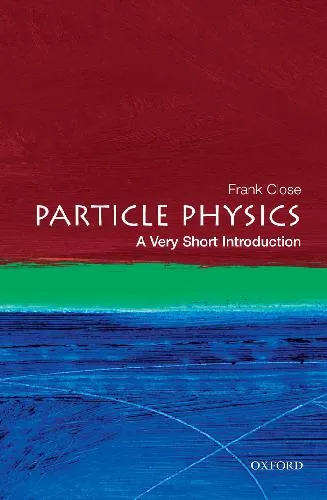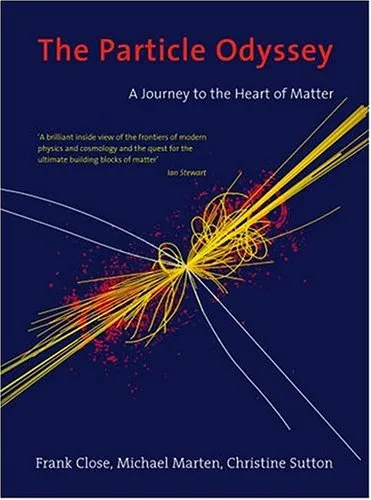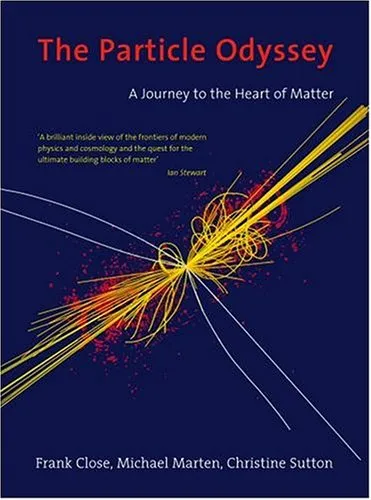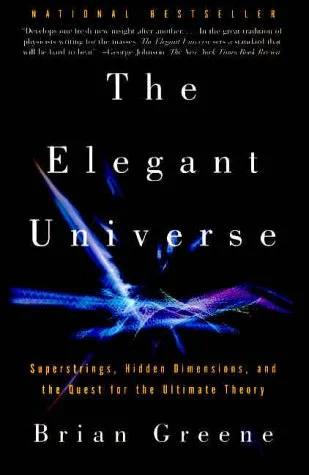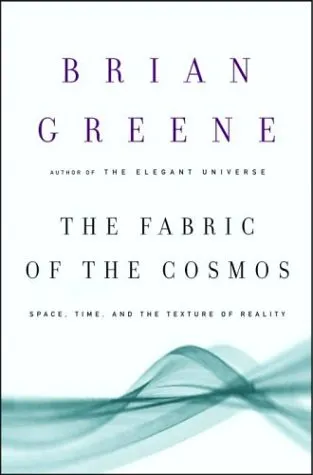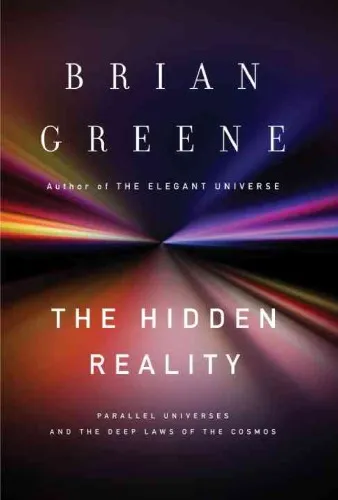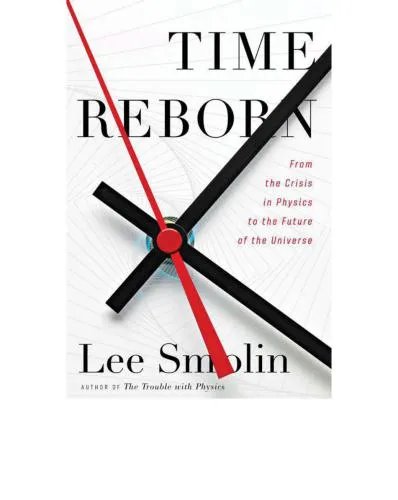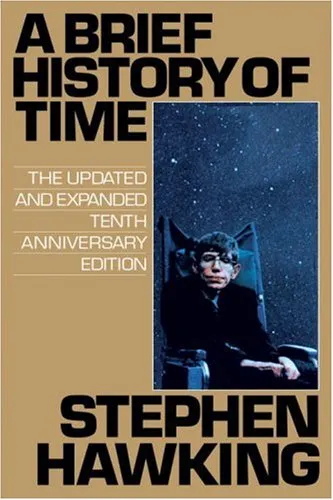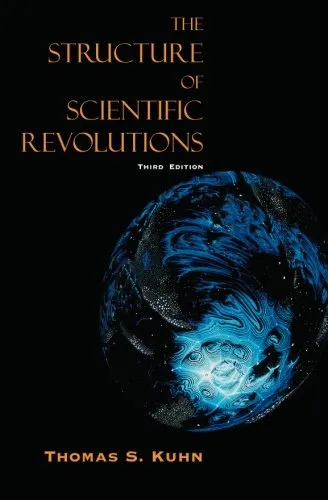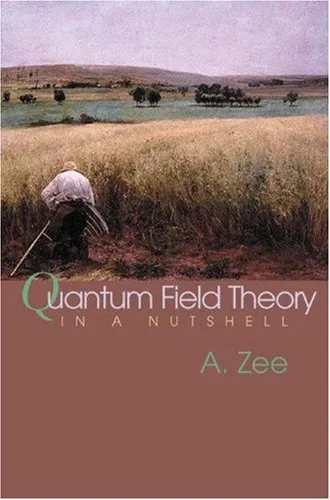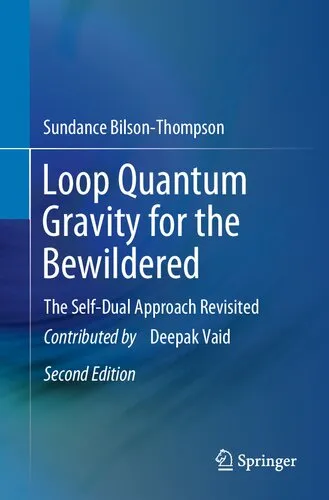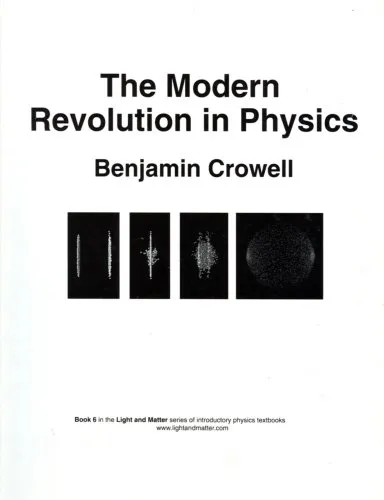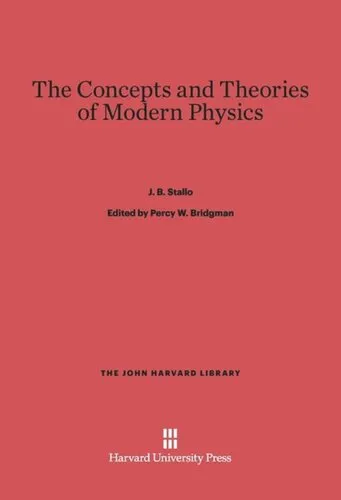Particle Physics: A Very Short Introduction
4.4
Reviews from our users

You Can Ask your questions from this book's AI after Login
Each download or ask from book AI costs 2 points. To earn more free points, please visit the Points Guide Page and complete some valuable actions.Related Refrences:
Introduction to 'Particle Physics: A Very Short Introduction'
"Particle Physics: A Very Short Introduction" by Frank Close is an enlightening exploration into the fundamental building blocks of our universe. This book is part of the acclaimed Very Short Introductions series, which offers compact yet comprehensive guides on a wide range of subjects. From the smallest known particles to the vastness of the cosmos, this book provides an accessible yet profound insight into the world of particle physics.
Detailed Summary of the Book
The book commences with a historical overview of particle physics, offering a narrative that encapsulates how human curiosity has driven scientific discovery over the centuries. It introduces the key figures and experiments that have shaped our understanding, from the ancient philosophers pondering the elements to modern scientists unveiling the subatomic world.
Frank Close delves into the complexities of the Standard Model of particle physics, which is the pillar of modern scientific theory explaining how fundamental particles interact. By detailing each type of particle, including quarks, leptons, and bosons, Close guides readers through their properties, significance, and interactions. One key aspect discussed is the role of particles like the Higgs boson and how its discovery at CERN in 2012 was a pivotal moment in science.
The narrative further branches into discussions about the forces of nature, such as electromagnetism, strong and weak nuclear forces, and gravity. Each force's unique characteristics and their unification within the Standard Model are elaborated on, simplifying complex ideas into digestible concepts.
Another focal point of the book is the method by which physicists investigate the unseen. Tools like particle accelerators and detectors are explored, with insights into how they work and what discoveries they have facilitated. The book also projects into the future of particle physics, pondering unanswered questions and the potential for new physics beyond the Standard Model.
Key Takeaways
- Understanding the fundamental particles: quarks, leptons, and bosons.
- Grasp of the Standard Model and its significance in modern physics.
- The importance of the Higgs boson discovery and its implications.
- Insight into the tools of particle physics, such as accelerators and detectors.
- Exploration of the forces of nature and their role in particle interactions.
Famous Quotes from the Book
"In our quest to understand the fundamental constituents of the universe, particle physics provides the deepest insight into the workings of nature."
"Particle physics not only asks the big questions about the universe's inception and its fate but also actively seeks answers through scientific inquiry."
Why This Book Matters
"Particle Physics: A Very Short Introduction" is crucial for several reasons. It demystifies the complexity of subatomic particles and their interactions, making the field approachable for both students and enthusiasts. The book serves as a primer for further study, bridging the gap between lay understanding and advanced scientific concepts.
Furthermore, by exploring the pioneering discoveries and current research frontiers, it highlights the transformative nature of physics as a science that constantly evolves. It engages readers with the profound questions about the universe, encouraging intellectual curiosity and appreciation for the scientific process.
Ultimately, this book fosters an understanding of how particle physics impacts our daily lives, from technological advances to medical innovations, underscoring the indispensability of scientific research and innovation.
Free Direct Download
You Can Download this book after Login
Accessing books through legal platforms and public libraries not only supports the rights of authors and publishers but also contributes to the sustainability of reading culture. Before downloading, please take a moment to consider these options.
Find this book on other platforms:
WorldCat helps you find books in libraries worldwide.
See ratings, reviews, and discussions on Goodreads.
Find and buy rare or used books on AbeBooks.
1465
بازدید4.4
امتیاز0
نظر98%
رضایتReviews:
4.4
Based on 0 users review
Questions & Answers
Ask questions about this book or help others by answering
No questions yet. Be the first to ask!
